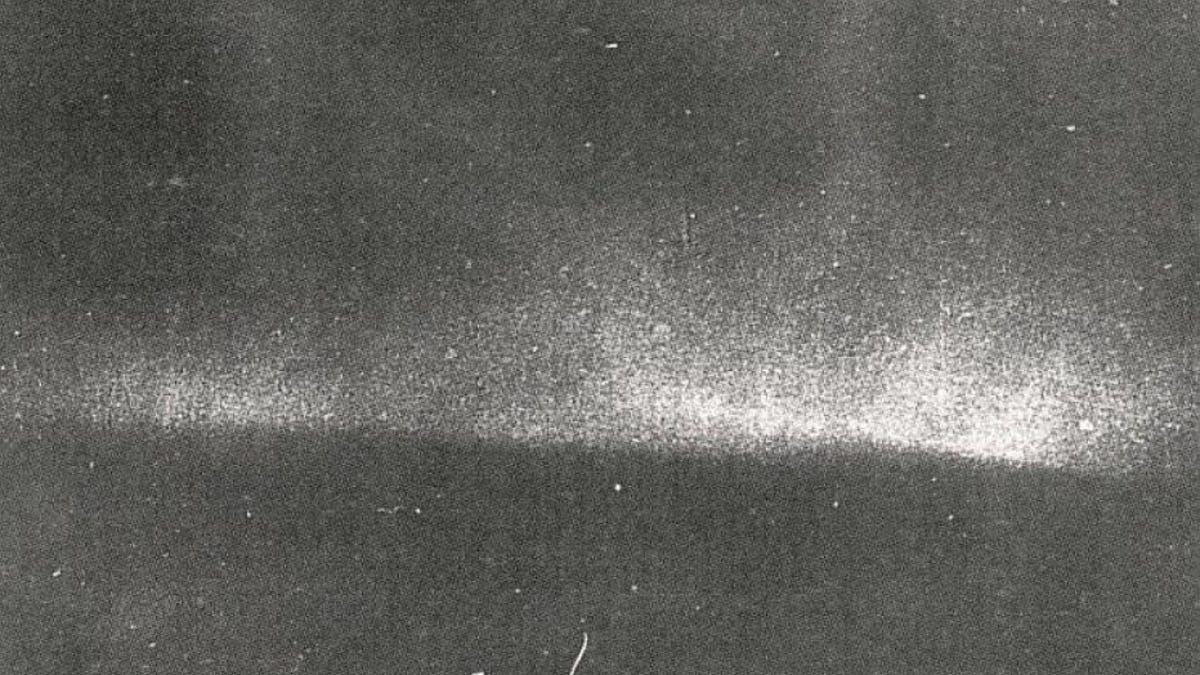
Aurora photography has come a long way since the 1800s, but this ghostly glimpse shows how it started.
Martin Brendel/Alta Museum
![]()
On this day in 1892, German astronomer Martin Brendel turned a camera on the glowing phenomenon of the northern lights during an expedition to Norway. It took seven seconds of exposure to capture what’s now known as the oldest surviving photo of the aurora borealis.
The European Space Agency’s space history Twitter account shared Brendel’s image on Thursday to mark the anniversary of the day it was taken.
#OTD 5 January 1892, the first successful photograph of an #aurora was taken by German physicist Martin Brendel in Bossekop, Alta (Pic Alta Museum, Norway) @esascience @ESA_de 👉 https://t.co/3TYxbrECsi pic.twitter.com/Ds7U4rg3AI
— ESA space history (@ESA_History) January 5, 2023
Modern images of auroras are aflame with color, often in brilliant shades of green. Astronauts on the International Space Station snap the swirling lights from above. It all started over a century ago. Brendel’s black-and-white photo isn’t detailed or vibrant, but it has a ghostly, timeless quality made more poignant by its historic status.
The Alta Museum in Norway has tracked the history of northern lights imagery. It can be tough to trace back to a true “first” photo. The museum said Danish teacher and astrophysicist Sophus Tromholt was known to have photographed the aurora in 1885, but the image was never published. That makes Brendel’s image the oldest surviving published photo of the northern lights.
Brendel’s photo puts today’s lavish views of the lights into perspective. We’re in a golden era for aurora photography, and the sights are glorious.
